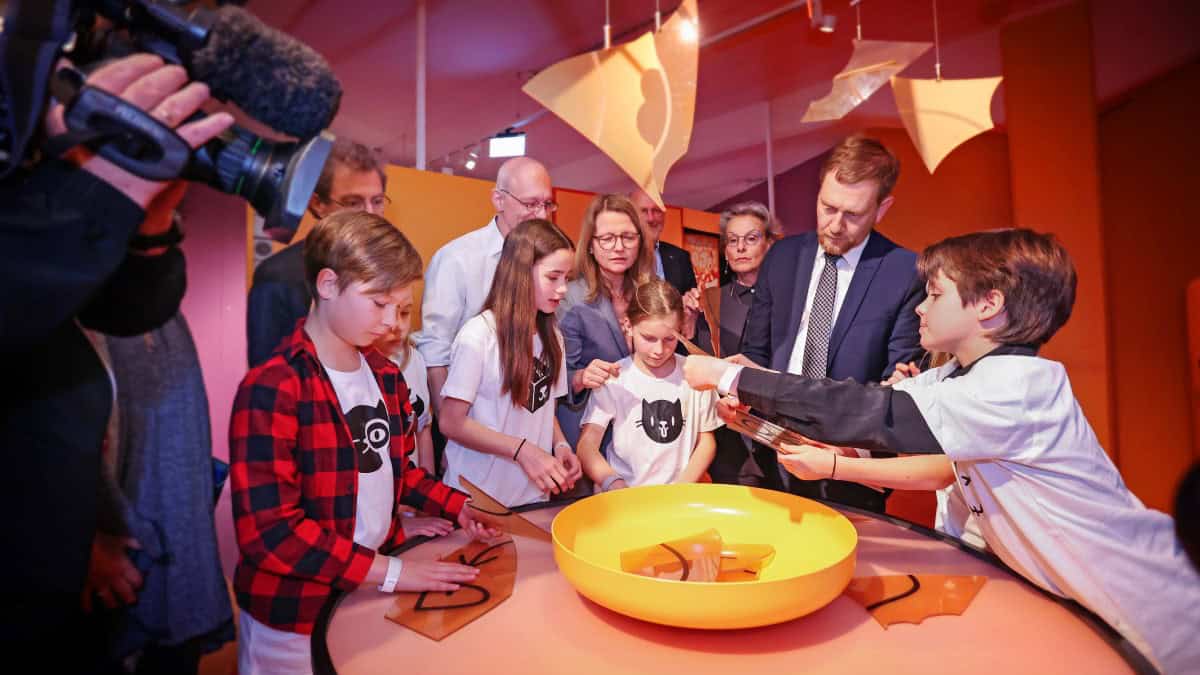Lockheed Martin and General Motors have come together to develop lunar rovers for NASA’s upcoming Artemis missions to the Moon. This will be the first manned mission to the moon since the last Apollo mission in 1972, and is aiming to land astronauts on the Moon in 2024. The companies have developed an autonomous rover that will help astronauts explore the Moon.
Rick Ambrose, Executive Vice-President, Lockheed Martin, said in a statement that surface mobility was critical to enabling and sustaining long-term exploration of the lunar surface. “These next-generation rovers will dramatically extend the range of astronauts,” Ambrose said.
In a long note on its website, Lockheed Martin said that, unlike the Apollo days when astronauts could travel only up to four miles from the landing site, astronauts on NASA’s Artemis Mission will go farther and explore more of the Moon’s surface than ever before to conduct critical scientific research. Another fascinating aspect of the proposed rover is that it’s going to be driver optional, meaning the autonomous, self-driving systems enable the vehicle to operate with or without humans on board.
Driving on the moon
It’s not your average off-roading experience, the company said, adding the new rover will be outfitted by experts to drive over rugged terrain in the dark and cold.
Interestingly, the days and nights on the lunar surface are just under 14 days long unlike Earth and Mars. “The Lockheed Martin-GM rovers would be designed to survive and even operate in the two-week-long night that sees temperatures of down to -280 degrees Fahrenheit, and day-time temperatures of 260 Fahrenheit,” the statement read.
Madhu Raghavan, Global Research and Development Group Manager at GM, said that the force of gravity is different and has to be taken into account while designing anything for the moon and/or space applications. “There are extreme temperature swings, and the radiation in space becomes a challenge in terms of systems design. You’re also operating in a vacuum and designing your systems to withstand the shock of the actual launch,” he said.
Lockheed Martin has a rich legacy and history of working with NASA and it looks forward to further leveraging that with the newly proposed rover.
Kirk Shireman, Vice-President, Lunar Exploration Campaigns at Lockheed Martin, said that their goal was to build an affordable vehicle, which exceeds our customer requirements, and that too rapidly. “Digital tools are how we achieve that,” Shireman said, adding “we’ve demonstrated already across programs and proposals the speed, affordability, and reliability that digital tools enable, and we fully expect to leverage and expand on that experience with this program.”
Among other scientific activities that such a vehicle will enable include field geology, sample collection, and return, and deployed experiments.






